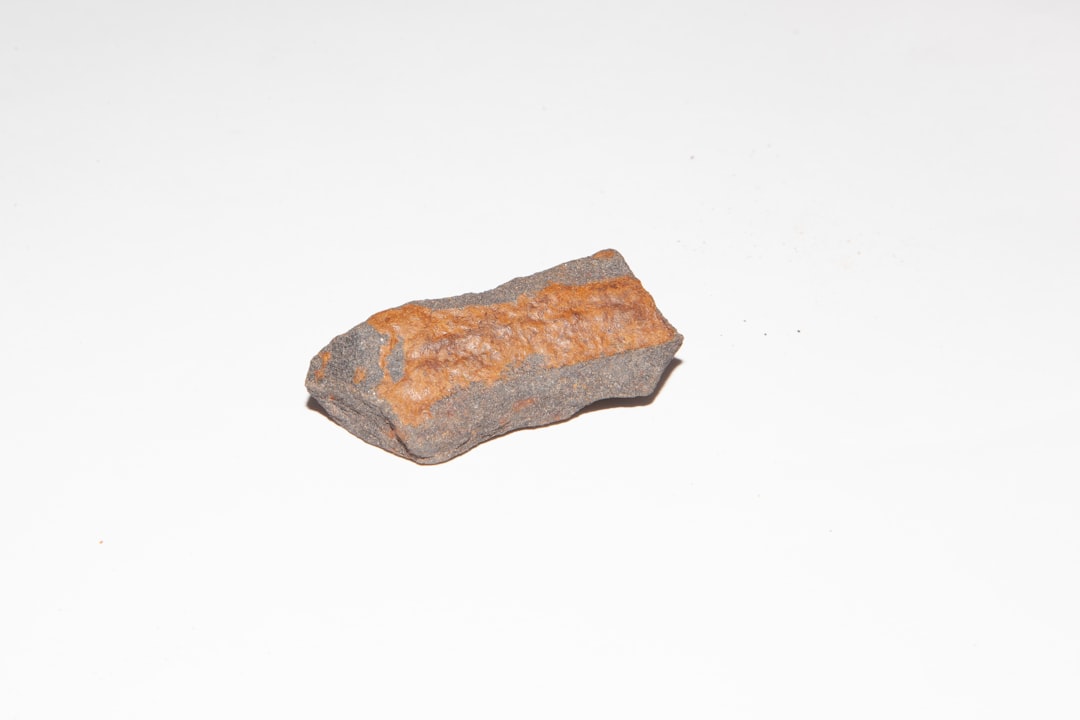What is it about?
The development of technology that would reduce the surfactant losses and still promote the oil displacement in reservoir rocks. This work is based in the use of polystyrene nanoparticles to carry surfactants and deliver them only at the sites with oil, the rock pores.
Featured Image
Why is it important?
Nowadays, the focus of attention in the oil and gas industry has turned to the new discoveries of oil, such as the ones from pre-salt fields and also to new techniques for enhanced oil recovery (EOR) in mature fields. It is well known that even after the application of primary and secondary recovery techniques a large portion of the original oil remains adhered to the reservoir rocks and is hardly produced. One of the best methods available to promote the production in mature fields is a chemical method of EOR which is based on surfactant solutions injections in the reservoir in order to decrease the interfacial tension of the water/oil systems. However, one of the major issues of this method is the great loss of surfactant molecules through adsorption on the reservoir rock's surface that occur before the oil containing sites are reached.
Perspectives
Cross-linked polystyrene nanoparticles have shown a promising ability to carry surfactants and deliver them only at the sites with oil. Their size would allow them to permeate through the reservoir pores (0.1-0.5 microns), and their chemical structure would allow them to swell when in contact with the oil releasing the surfactant at the water/oil interface, decreasing the interfacial tension and releasing the oil that is strongly adhered to the rock's pore surface.
Ms Jocasta Avila
Universidade de Sao Paulo Campus da Capital
Read the Original
This page is a summary of: Polystyrene nanoparticles as surfactant carriers for enhanced oil recovery, Journal of Applied Polymer Science, May 2016, Wiley,
DOI: 10.1002/app.43789.
You can read the full text:
Contributors
The following have contributed to this page










